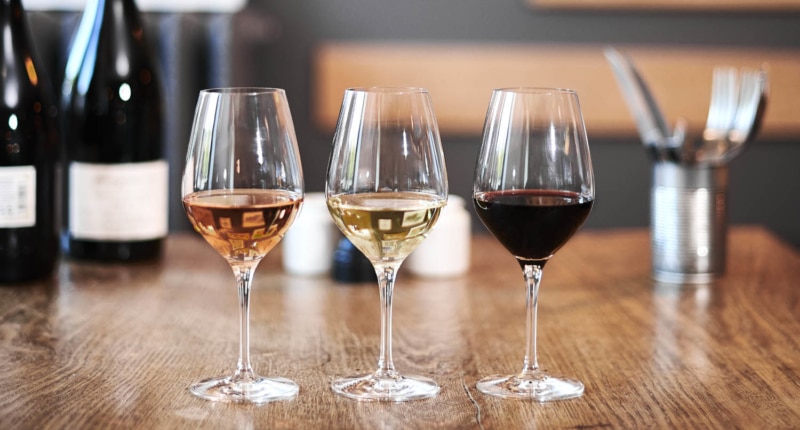Beaujolais wines should not all be drunk at the same temperature. Slight differences in temperature and all five senses on alert are what you need to appreciate the finer points of these wines.
A particular temperature for each Beaujolais wine
To drink a Beaujolais wine in the best conditions, you should take care to serve it at the right temperature.
The ideal temperature range for Beaujolais and Beaujolais Villages reds is 13°C to 14°C on average. Beaujolais crus are best drunk at between 15°C and 17°C, especially for the well structured crus like Moulin-à-Vent, Morgon, Juliénas and Chénas; 17°C is recommended for wines over 3 years old.
Younger wines need to be cooler: Beaujolais Nouveau and Beaujolais Villages Nouveau live up to expectations at 12°C.
Beaujolais and Beaujolais Villages rosés are perfect at between 5°C and 8°C while Beaujolais and Beaujolais Villages whites delight your guests when served at between 8°C and 10°C.
Avoid the fridge!
Beaujolais likes to be cool, as we have seen, but not cold. Avoid using the fridge for longer than an hour otherwise you will mute the flavours and impede the characteristics of the wine. You need to pander to the wine’s whims and not impair its aromas with a temperature that is too low or even ice cold.
Try to keep it in cool, well-ventilated places, ideally a cellar or a wine cabinet that replicates the ideal conditions of a traditional cellar, in other words between 10°C and 14°C. Failing that, put your bottle in the vegetable drawer of your fridge an hour before you want to drink it. Do not under any circumstances use the freezer compartment. Beaujolais wines like to be treated delicately. A sudden decrease in temperature will harm them.
An experience for all the senses
Once they’ve reached the right temperature, the wines are ready to be drunk. Make sure you have all your senses on alert.
Before taking the first sip, spend a few seconds appraising the robe of your Beaujolais wine. Ruby red, garnet, red cerise for red wines, golden for Beaujolais and Beaujolais Villages whites, shiny pale pink for rosés.
Then holding the stem of the glass, swirl the wine lightly around. Smell it and try to identify from memory the aroma of kirsch, spices, peony, iris, red fruits and violet for the reds; white and citrus fruits for the whites; fruity notes for the rosés.
Now take an initial sip to arouse your taste buds followed by another to appreciate the red fruit, violet, cinnamon, peony or mature fruit aromas for red wines; floral and mineral flavours for white wines and fruity notes for the rosés.
And finally, enjoy drinking your wine! With a good meal and in good company of course!
